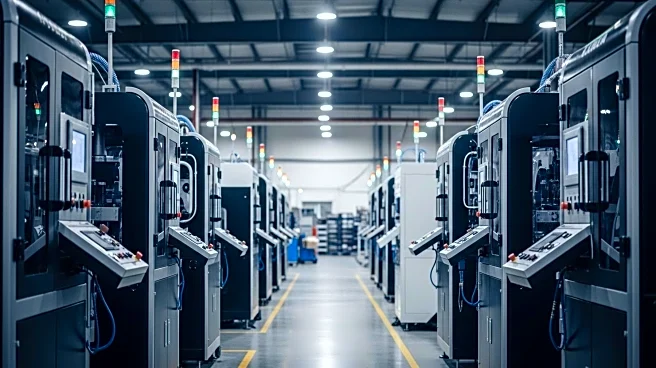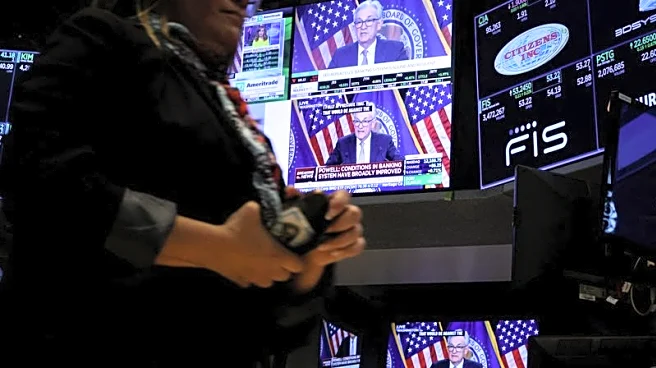What is the story about?
What's Happening?
The U.S.-Japan trade agreement finalized in July 2025 introduces significant changes in bilateral economic relations, particularly affecting the automotive and agricultural sectors. The agreement reduces tariffs on Japanese automotive exports from 25% to 15%, benefiting Japanese automakers like Toyota, Honda, and Nissan by easing margin pressures in the U.S. market. However, U.S. automakers face challenges due to unchanged 50% tariffs on Japanese steel and aluminum, impacting companies like General Motors, Ford, and Stellantis. In contrast, the agricultural sector benefits from Japan's commitment to increase U.S. rice imports by 75% and purchase $8 billion in agricultural goods, providing opportunities for American producers such as Riceland Foods and Farmers’ Rice Cooperative.
Why It's Important?
The trade agreement holds significant implications for U.S. industries. Japanese automakers gain a competitive edge in the U.S. market, potentially increasing their market share and influencing the dynamics of the automotive industry. U.S. automakers, however, face cost disadvantages due to high tariffs on essential materials, which could affect their profitability and market competitiveness. The agricultural sector stands to gain from expanded market access in Japan, boosting exports and supporting U.S. agribusinesses. The deal also aligns with U.S. energy transition goals through Japan's purchase of sustainable aviation fuel and bioethanol, offering long-term growth prospects for related industries.
What's Next?
The trade agreement's implementation will require careful monitoring of its impact on U.S. and Japanese industries. U.S. automakers may need to explore strategies to mitigate the effects of high tariffs, such as enhancing internal efficiencies or adjusting pricing strategies. Investors are advised to focus on companies with strong cross-border ties and diversify portfolios to manage sector-specific risks. The unresolved tariffs on steel and aluminum remain a concern, and future trade policy shifts under different U.S. administrations could further influence the agreement's outcomes.
AI Generated Content
Do you find this article useful?

















